Shopping Style
His and Hers Matching Outfits A Guide to Perfectly Coordinating Your Style
Matching outfits have been a popular trend for couples for years, and it’s no surprise why. Not only does it showcase unity and love between partners, but it also adds an element of fun and creativity to fashion. However, finding the right matching outfits can be a daunting task. With so many options available, it’s easy to feel overwhelmed and unsure of where to start. That’s where we come in – this guide will provide you with all the information you need to know about his and hers matching outfits, from how to choose them to FAQs and more. Let’s get started!
1. Why Choose Matching Outfits?
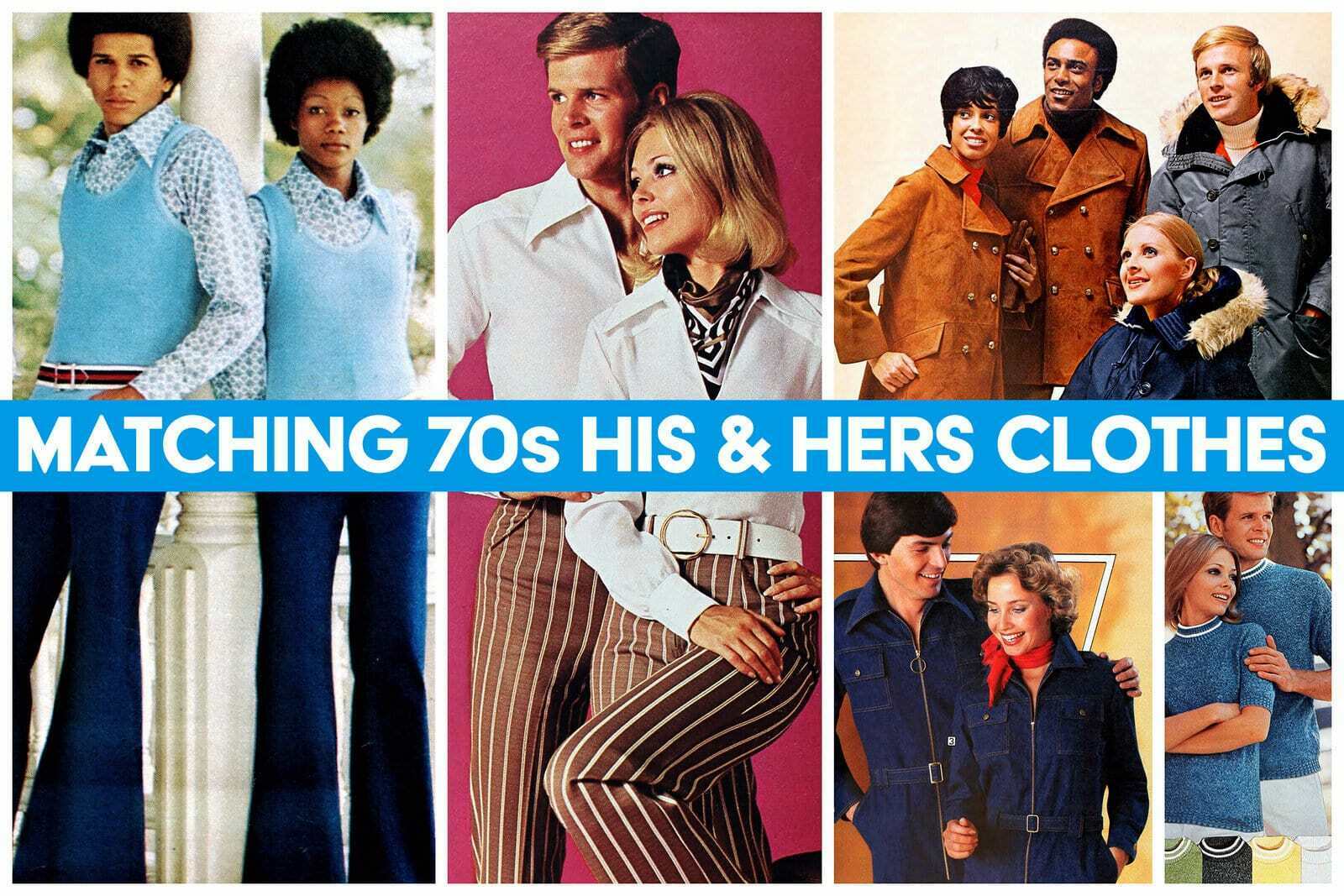
Benefits of Matching Outfits
- Showcases unity and love between partners
- Adds a unique element to your style
- Creates a sense of coordination and cohesiveness in photos
- Fun way to express your relationship
- Can be a conversation starter
Things to Consider Before Choosing Matching Outfits
- Personal styles and preferences
- Occasion or event
- Colors and patterns that complement each other
- Comfort level
- Budget
Matching outfits are not just limited to romantic couples, they can also be worn by siblings, friends, or even parent-child duos. It’s a great way to bond and create memories with your loved ones.
2. Types of Matching Outfits
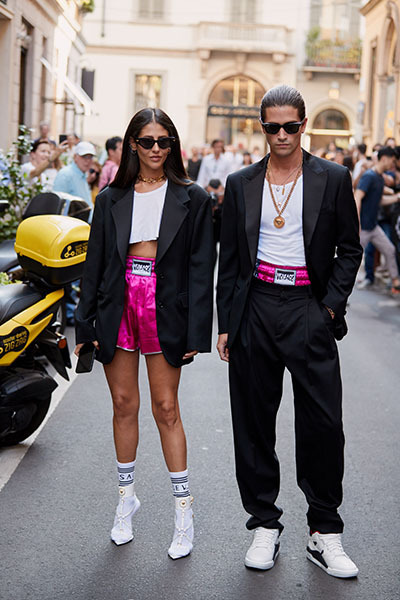
1. Color Coordination
The most common type of matching outfit is color coordination. This involves choosing a color scheme and incorporating it into both partners’ outfits. For example, wearing all-black outfits with a pop of red in accessories or details.
2. Matching Patterns
Another popular choice is matching patterns. This can include wearing the same print, such as stripes or polka dots, or complementary prints that work well together. It’s important to choose patterns that are not too overwhelming and clash with each other.
3. Coordinating Outfits
Coordinating outfits involve choosing pieces that complement each other, rather than matching exactly. This can include wearing the same style of clothing, such as both partners wearing denim jackets or both opting for a bohemian look.
3. How to Choose Matching Outfits
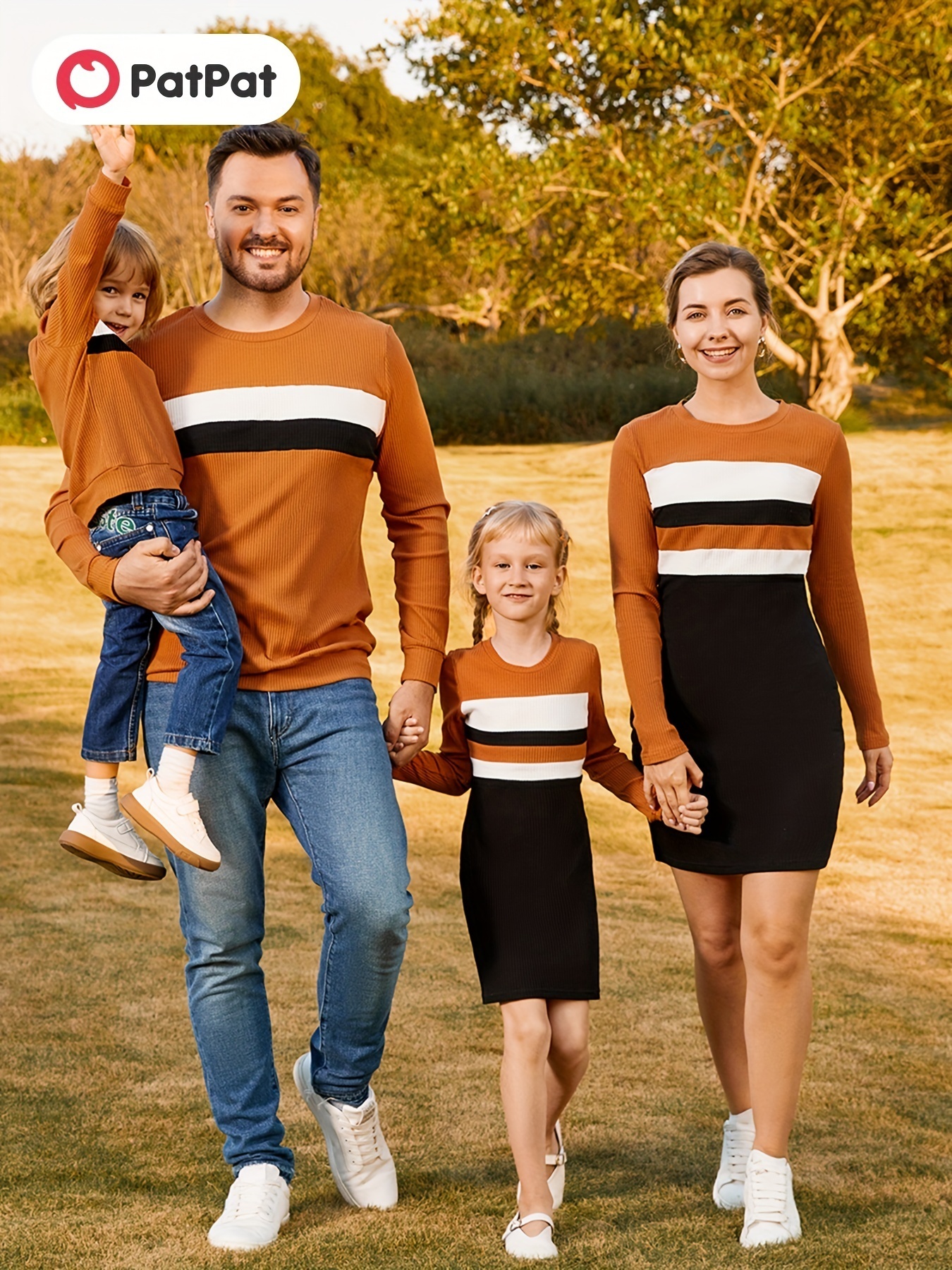
1. Consider the Occasion
The occasion or event you will be attending should play a major role in your outfit choice. For formal events, opt for a more classic and elegant look, while casual outings allow for more playful and fun choices.
2. Stick to Your Personal Styles
While it’s important to coordinate your outfits, it’s also essential to stay true to your personal styles. If one partner is more comfortable in dresses and the other prefers pants, find a way to incorporate them both into the outfit.
3. Color and Pattern Coordination
When choosing colors and patterns, make sure they complement each other. Avoid clashing prints or colors that clash. If you’re unsure, stick to neutral colors or classic patterns like stripes or plaid.
4. Where to Find Matching Outfits
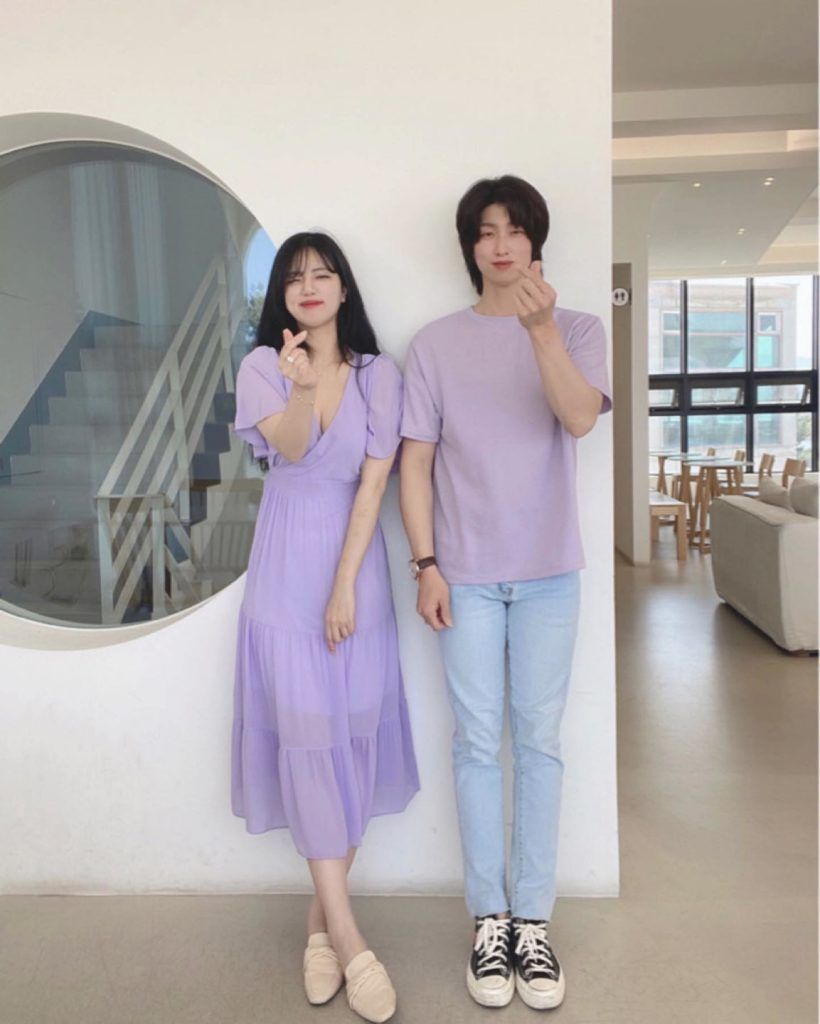
1. Online Retailers
With the rise of online shopping, there are many retailers that offer a wide range of matching outfits. Some even have specific sections dedicated to his and hers matching outfits, making it easier to find what you’re looking for.
2. Local Boutiques and Stores
Don’t underestimate the power of local boutiques and stores. They often carry unique and one-of-a-kind pieces that you won’t find anywhere else. Plus, you’ll be supporting small businesses in your community.
3. DIY Matching Outfits
If you’re feeling crafty, why not make your own matching outfits? You can purchase fabric and create your own coordinating pieces, or even upcycle old clothing items to give them a new and matching look.
5. FAQs About Matching Outfits
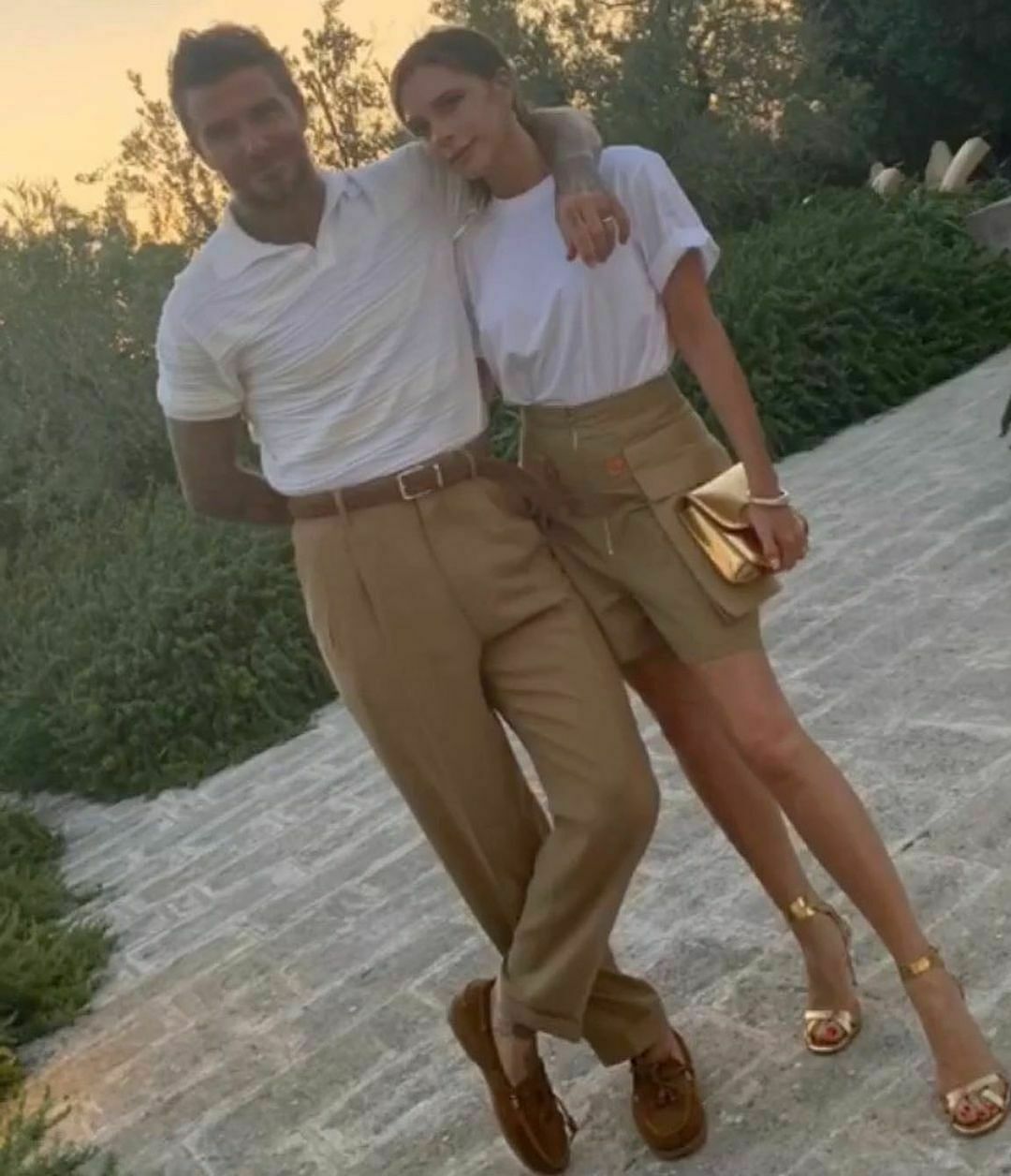
1. Can we only wear matching outfits for special occasions?
Not at all! Matching outfits can be worn for any occasion, from casual outings to formal events. It’s all about choosing the right pieces that fit the occasion.
2. How do we avoid looking too cheesy?
The key is to find a balance between coordinating your outfits and staying true to your personal styles. Stick to subtle details and avoid overly matching pieces. Also, make sure both partners are comfortable and confident in their chosen outfits.
3. Can we still wear matching outfits if we have different body types?
Absolutely! The beauty of matching outfits is that they can be tailored to suit each partner’s body type. For example, if one partner prefers loose-fitting clothes, while the other likes more form-fitting pieces, you can still find ways to coordinate and complement each other’s styles.
4. Are there any rules when it comes to matching outfits?
There are no set rules, but some tips to keep in mind are to avoid overly matching, choose coordinating colors and patterns, and stay true to your personal styles.
5. Can we mix and match different types of matching outfits?
Yes, you can definitely mix and match different types of matching outfits. This adds a unique and personalized touch to your coordinated looks.
Conclusion
Matching outfits are a fun and creative way to showcase love and unity between partners. With the right planning and coordination, you can find the perfect matching outfits that represent your style and relationship. Remember to consider the occasion, stick to your personal styles, and have fun with it! Whether you choose to coordinate colors, patterns, or styles, the most important thing is that both partners feel comfortable and confident in their matching outfits. So go ahead, show off your love and coordinated style with his and hers matching outfits!
